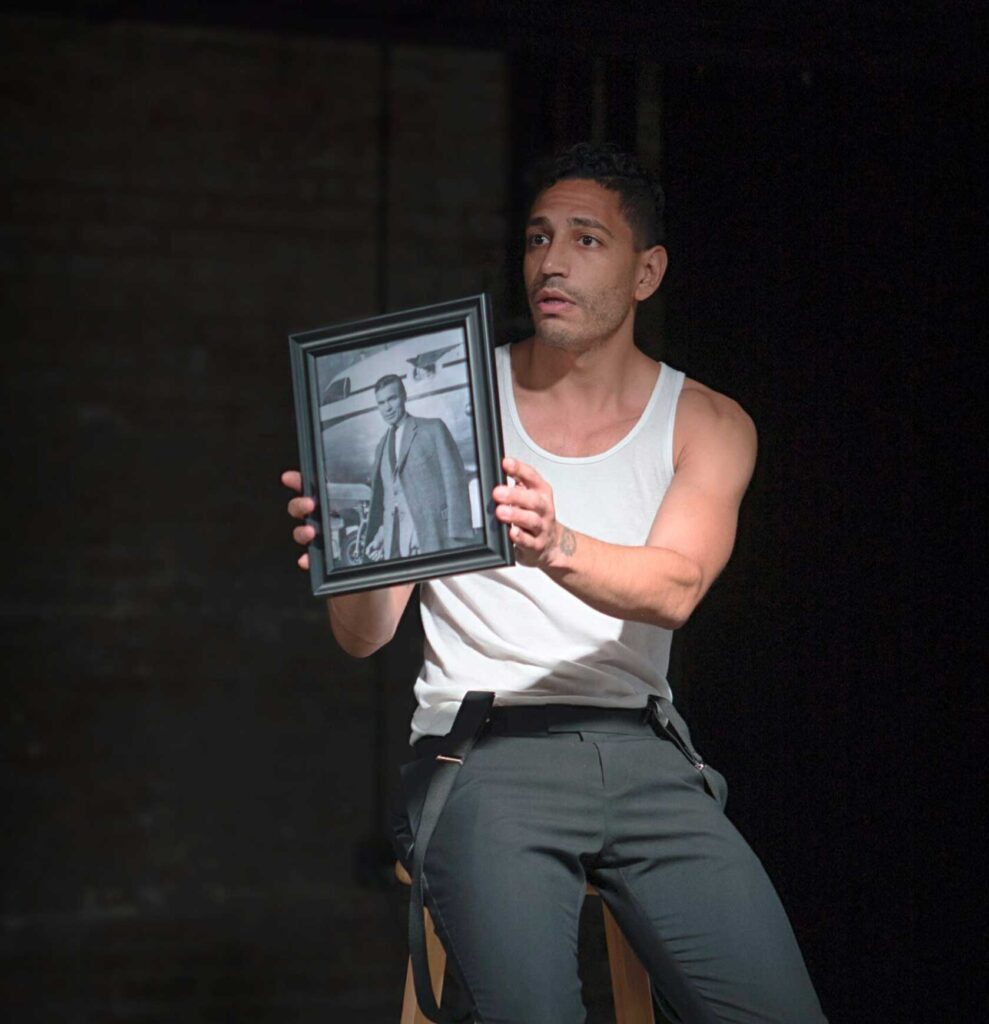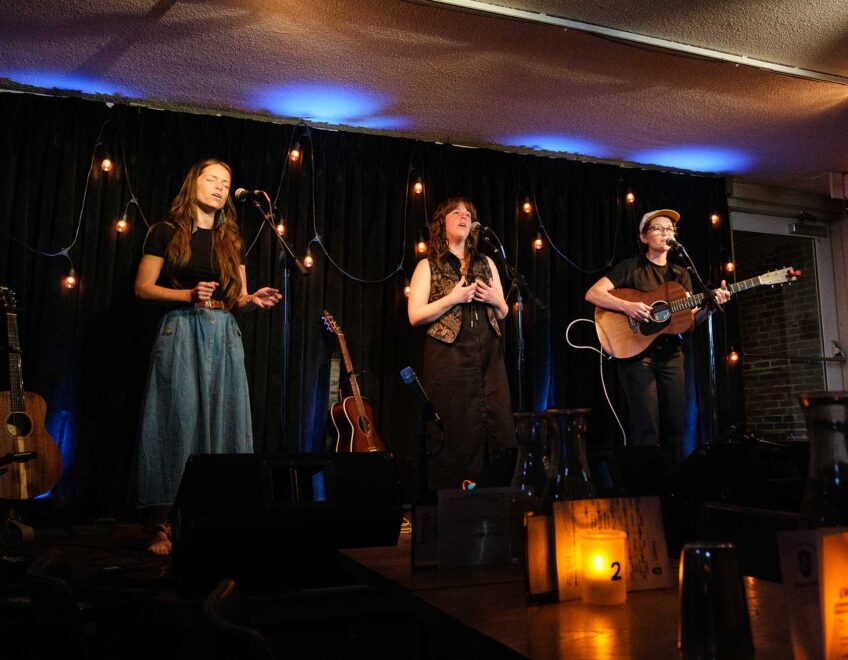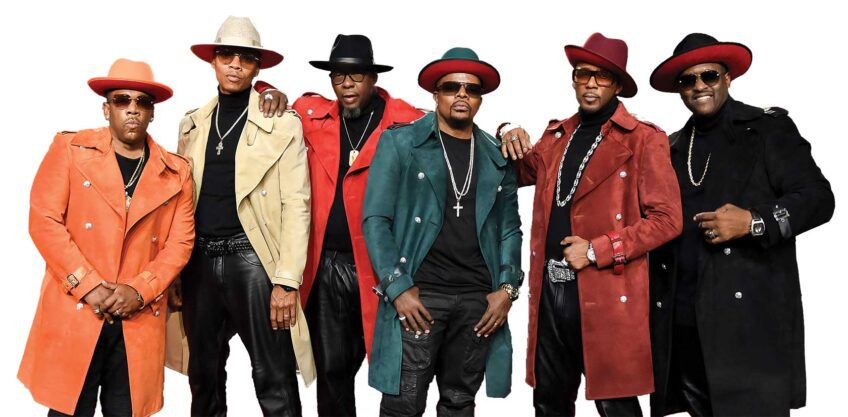Chris Rivas explores the man who inspired 007 in ‘The Real James Bond… Was Dominican’

Actor Chris Rivas was in his early 20s when he found out that the inspiration for Ian Fleming’s suave, classic spy character James Bond was Porfirio Rubirosa, a Dominican diplomat, playboy, racecar driver and spy. The revelation changed his life. In his one-man show “The Real James Bond… Was Dominican,” Rivas explores identity, representation and the man with the ultimate cool factor.
Porfirio Rubirosa was everything now associated with the James Bond character. He was charming, handsome, savvy and a quick draw. He played polo, raced cars and worked as a diplomat and spy under Rafael Trujillo’s dictatorship. In the 1940s and ’50s, he was known for his jet-setting, indulgent lifestyle and philandering — he had five wives and countless mistresses during the course of his life. He was also an Afro-Latino Dominican man. Though Rubi, as Rivas affectionately calls him, was a celebrity, he was still othered for his Blackness, often referred to by racist labels in tabloids.
“Rubi was an opportunity to meet myself,” says Rivas. “That’s why the story is so special, because it’s not about him. It’s about that 67 years ago, this man of color was experiencing the same things I’m experiencing today.”
Upon initially discovering the history of Rubirosa, Rivas was elated. As a young boy, Rivas worshipped Bond, and now he could see some of his own Dominican culture in the character. But as time went on, Rivas’ relationship with Rubirosa became more complex. Although Rubirosa was impossibly cool, he also represented the toxic machismo culture, supported a dictatorship and didn’t always treat women well. It’s also worth thinking about how this history was lost, especially as Rubirosa was such a celebrity in his time. How did that history become a whitewashed British version of the spy answering to the name James Bond?
“There are many bodies of culture who are as fascinating, that have been lost to time,” says Rivas. “Because unlike whiteness, bodies of culture don’t have the historians or the resources that whiteness has gotten.”
In “The Real James Bond… Was Dominican,” Rivas parses these feelings in a humorous 70-minute show peppered with audience participation. After every performance, audience members are invited to join a story circle, a communal conversation about what memories and experiences the performance brought up. The show runs at ArtsEmerson Nov. 8-12.
Historians continue to debate the official inspiration for James Bond, whom Fleming always said was an amalgamation of many people. Rivas explores the history in his podcast “Rubirosa,” during which he travels across the globe interviewing primary sources who knew the playboy and tracing links between Fleming and Rubirosa. Newspaper clippings from Rubirosa’s life also indicate he existed on a very public stage.
“It would have been literally impossible for Fleming to have not taken careful note of Rubirosa prior to penning the Bond novels, especially since he was a favorite subject of Caribbean and European journalists,” writes historian and lawyer Daniel J. Voelker in an essay titled, “Will The Real James Bond Please Stand Up?”
Regardless of which qualities were plucked from Rubi’s playbook and assigned to Bond, the figure launches an important discussion about representation. What would it be like for children of color to grow up seeing heroes and cool guys that look like them? For Rivas, that representation came in the form of a live performance by Colombian actor John Leguizamo, an experience that inspired Rivas to become an actor. Now, he wants to provide that same representation for another generation.
“I saw someone who looked like me on stage, and I got enough courage to be the artist I am today,” says Rivas. “Imagine if young bodies of culture had that armor more consistently, where they got to see themselves or they got to be themselves. It’s really powerful.”









